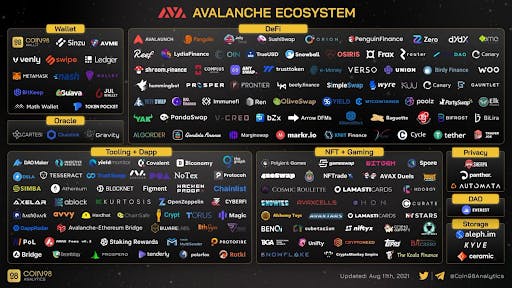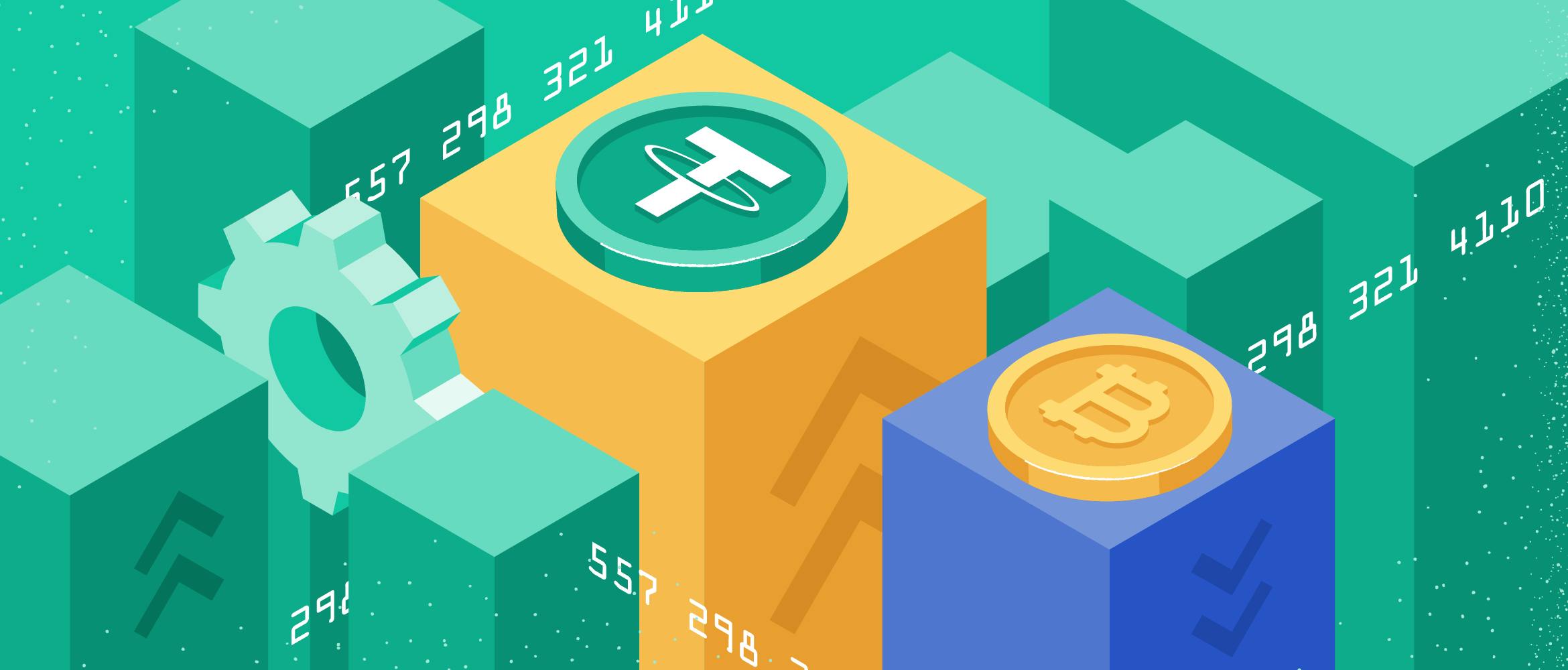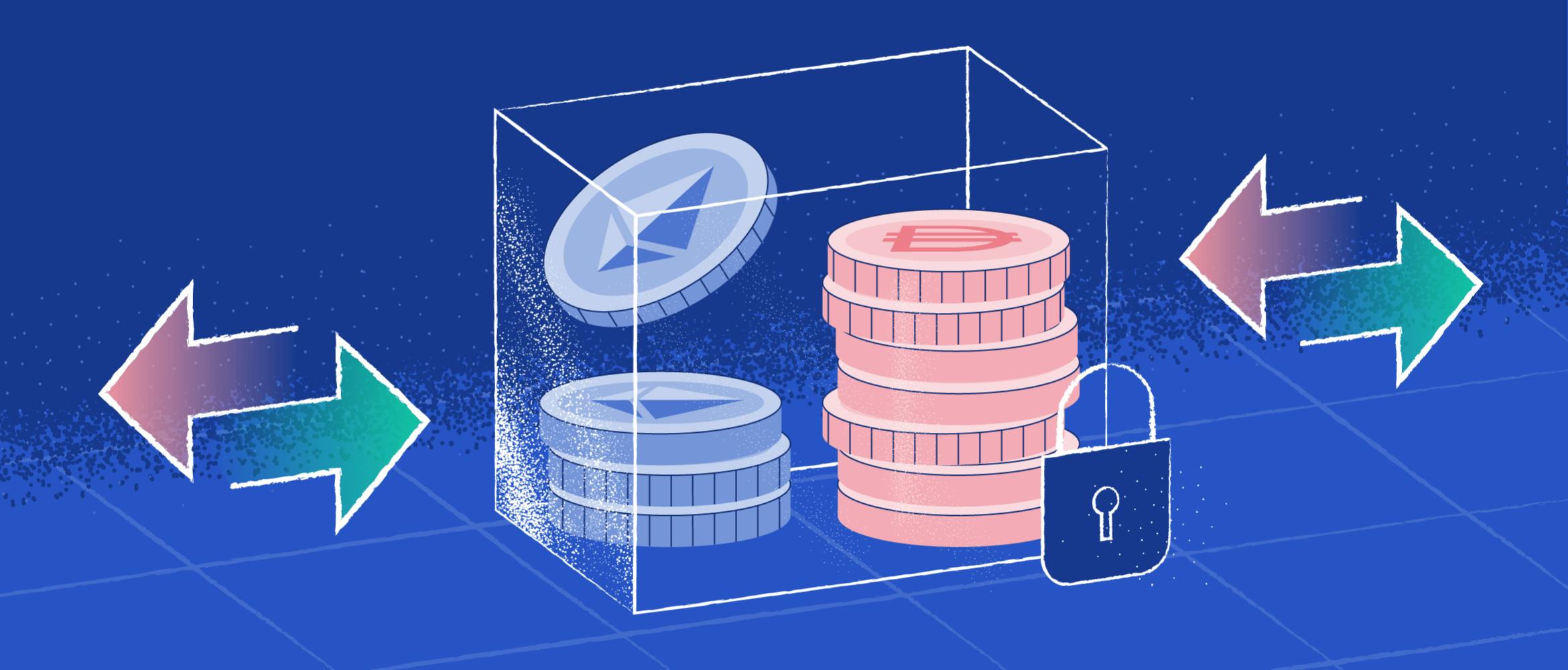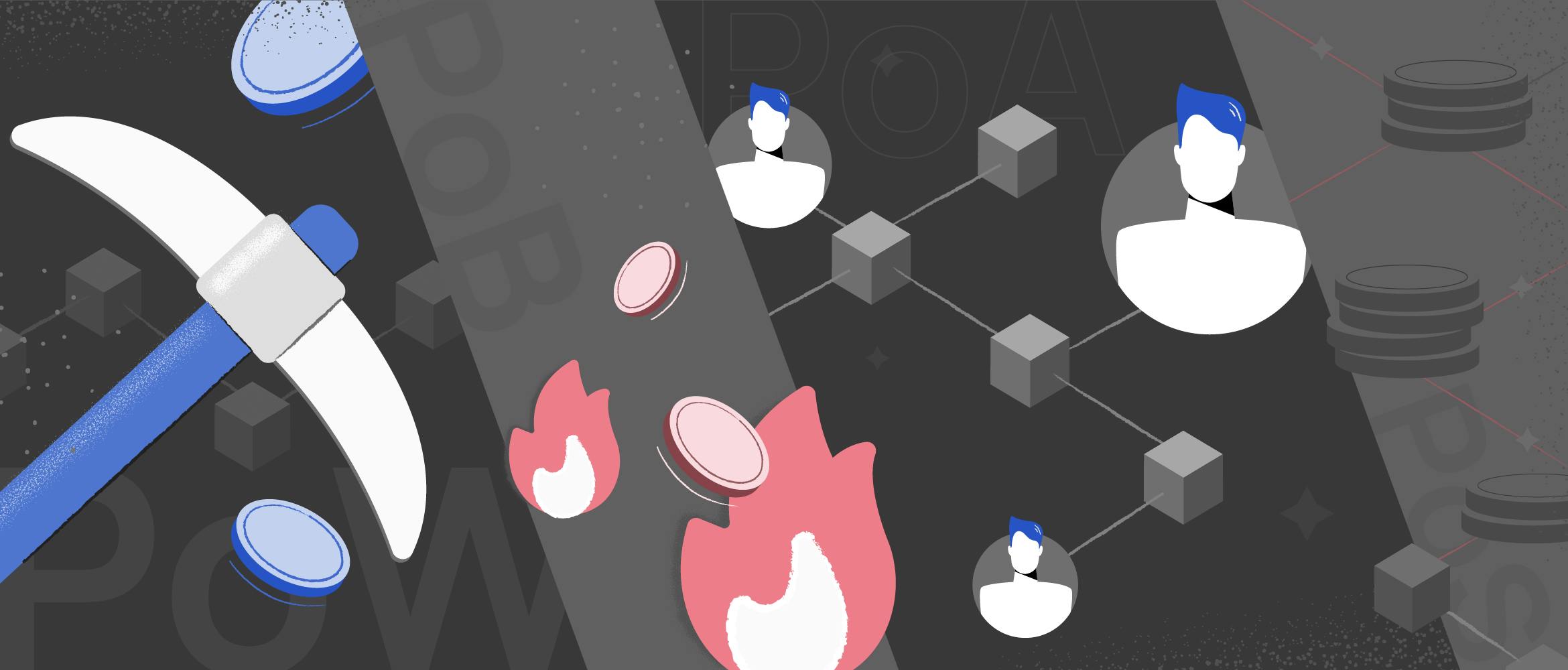
- All
- Analytics
- Technical Analysis
- Trading
- Blockchain
- DeFi
- Guides
- Company News
- Educational
- Opinion
- Price Predictions
- Tools
- Market News
- News
- Trading cases
- Practical guides
- Exchanges
- Trading signals
- Cryptocurrency
- Crypto bots
- Other
Become a crypto master
Learn everything about crypto,
trading and bots

What Is an Automated Market Maker (AMM)
Learn how bots and AMMs work together for smarter trades in 2025.
Start Trading on 3Commas Today
Get full access to all 3Commas trading tools with free trial period

Did you hear about eye-popping yields, sometimes more than 1,000% APY? That’s partially due to AMMs. But what does AMM stand for? AMM or Automated Market Making, plays a big role within the Decentralized Finance because AMMs use liquidity pools to make the DeFi ecosystem liquid 24 hours a day, seven days a week. Rather than depending on conventional buyers and sellers in a crypto market, AMMs bring stability to the table.
What is automated market maker?
Automated Market Maker (AMM) is a DeFI exchange protocol. Basically, it’s a market-making bot using a mathematical algorithm to establish a price for a specific crypto pair.
Instead of relying on order books — as traditional exchanges do — AMM uses mathematical formulas, that may differ across AMM protocols. Traditional market making is a viable choice for firms that trade huge volumes as it quotes the best price and most favorable bid-ask spread on exchanges with order books. However, the decentralized nature of AMM protocols unlocks the opportunity of creating new or contributing to existing markets to any user.
Usually, an exchange protocol utilizes a unique formula for calculating the price of the assets in the liquidity pool. In addition, there are some differences in functionality.
Some of the existing AMM protocols are listed below.
Uniswap
One of the most prominent AMM on the market. Absent listing fees, no capital requirements for participants, and low gas fees are the main advantages of the protocol.
Moreover, Uniswap V2 supports an ERC-20/ERC-20 token pair. UNI is a native AMM coin of this protocol, which gives its holders governance rights.
Balancer
The supply of the tokens is adjusted according to the constant mean market maker formula (CMMM). It allows creating private liquidity pools with up to 8 different tokens and the custom ratio between assets. Moreover, Balancer features dynamic transaction fees.
It’s a reliable AMM in terms of Total Value Locked — more thatn 2B dollars are locked inside the protocol, meaning that no-one can withdraw them instantly.
Kyber
A distinctive feature of this AMM model is that not everyone can access the liquidity pool as it requires substantial capital investments. External oracles or parameters of the smart contracts set price on the tokens here, which guarantees increased control of the pool for the market makers, even when the prices fluctuate.
The protocol lost most of the funds recently. Now it’s not as reliable as it once was.
Curve
The pricing mechanism of this protocol relies on the combination of constant product and constant sum formulas. According to it, it’s possible to decrease the risks of slippage and impermanent loss if the underlying assets have stable prices. However, Curve is designed specifically for stablecoins.
Some of the protocols also have forks. Both SushiSwap and QuickSwap are the hard forks of Uniswap. They operate on the audited code of Uniswap but offer additional features. For instance, QuickSwap allows trading ERC-20 tokens through the Polygon network bridge, which solves the issues with higher fees of Uniswap that occur during increased network activity. Both protocols also have their native tokens (QUICK and SUSHI) that provide governance rights to the liquidity providers that hold them.
With more than 15B dollars locked, the protocol has a substantial turnover and credibility.
How do AMM models of exchange protocols operate?
Trading mechanism of both traditional and DeFI exchange networks relies on pairs of assets. However, with Binance market maker bot and other traditional exchanges, the trade deal can’t happen without a counterparty, meaning that the transactions occur between users’ wallets. This is peer-to-peer (P2P) trade. If you are selling a particular asset, there is always an opposite side that is purchasing it and vice versa.
On the other hand, operations on Automated Market Maker exchanges are peer-to-contract (P2C). Thus, trades happen between users and smart contracts, without counterparties. The price of assets in the AMM pool is calculated using a formula. Let’s take a look at the most common algorithms that these protocols use while establishing prices on assets.
Constant Product Market Maker (CPMM)
Constant product is represented by the following equation: X * Y = K
X and Y stand for the coins in a crypto pair, while K is a constant liquidity value. According to this formula, the increased supply of the token X causes the decrease in the supply of token “y”. This happens because the value of total liquidity doesn’t change.
The main drawbacks that come with using this algorithm are the high volatility of prices and the risk of impermanent loss for the liquidity providers. Uniswap is the protocol that uses this formula for calculating the prices of the tokens in the pools. It also serves as a basis for other algorithms, described further.
Constant sum market maker (CSMM) is a variation of the CPMM formula: X + Y = K. The concept remains the same; even if the value of X and Y variables changes, the total value of the liquidity, represented by their sum, is constant. The proportion of the supply of tokens in the pool determines their price.
Constant Mean Market Maker
The CMMM market maker estimates the mean value for every coin, which is basically its weight. Imagine a liquidity pool consisting of four locked coins, the equation that represents the algorithm would be the following.
Variables X,Y, Z, and K stand for the assets, while C represents a constant value of their product. The equation changes depending on the number of tokens in the liquidity pool.
AMM crypto exchange protocols that use the CMMM formula allow including multiple assets to a single liquidity pool. On platforms that use CMMM, users have the ability to create custom pools, where the ratio between the locked tokens is unequal. However, the value doesn’t change as long as reserves of weighted assets are constant. This is possible because the equation factors in the weight of each token, instead of the total product. Balancer is one of the AMM protocols that use this CMMM formula in the pricing mechanism.
Virtual Constant Product Market Maker
Virtual constant product is represented by the following equation
X and Y are reserves of particular tokens, variable A is the number of tokens user deposits to the reserve Y
Z is the value on which reserve X decreases after the user supplies A. Spread is always a percentage, which depends on the governance system of the particular protocol.
This adapted virtual market-making algorithm unlocks the possibility of making profit from deals on derivatives. In this case, the formula is the core of the pricing mechanism. In fact, it is based on the classic CPMM function with some additional variables. Its main benefit is that it eliminates the risk of impermanent loss. Moreover, the network doesn’t need liquidity providers as traders fill the pools themselves by providing money to the vault. One of the protocols that use this formula is Perpetual.
How to become a market maker?
AMM protocols have to attract market makers in order to increase liquidity of assets and eliminate the effect of slippage with big orders. The more liquidity is in the pool of the exchange protocol, the bigger deals its traders can potentially make.
Since it’s only possible to trade on the AMM exchange because there are liquidity pools, the main goal of market makers is to provide liquidity. Market makers are the users that contribute to existing pools or initialize new ones by depositing certain pairs of tokens.
The rule of thumb to become a market maker is locking some amount of various tokens into a liquidity pool. Conditions may vary depending on the protocol. For instance, QuickSwap LPs have to provide an equivalent value of a pair of coins to the pool. Some protocols can combine more than a pair of assets, so the ratio would be different.
The main motivation to become a market maker is the rewards that platforms payout to their liquidity providers. QuickSwap LPs can earn 0.3% transaction fees for every trade in the pool they contributed liquidity to. Again, the reward system is also unique to each protocol.
Closing thoughts
In 2023, AMM (Automated Market Maker) protocols have redefined the landscape, turning every user into a potential crypto market maker, a defining characteristic of modern DeFi. Interestingly, certain networks even allow for the initiation of liquidity pools without demanding significant capital outlays. Diverging from traditional exchange practices, AMM platforms harness mathematical algorithms rather than order books for asset pricing. While the specific algorithms vary among protocols, they uniformly operate on a peer-to-contract transaction basis. AMM protocols, while transformative for the current DeFi ecosystem, still have room to grow in terms of functionality when juxtaposed with conventional exchanges. Yet, the horizon for their evolution looks exceptionally promising.
AMMs and AI Bots in 2025: Precision Meets Liquidity
Automated Market Makers (AMMs) have continued to evolve in 2025, incorporating real-time pricing models, dynamic fee adjustments, and AI-optimized routing systems. For traders using ai trading bot crypto setups, understanding how these liquidity engines work is essential—not just for swaps, but for positioning across decentralized exchanges.
Today’s automated crypto trading bots interface directly with multiple AMMs, evaluating slippage, liquidity depth, and arbitrage risk on-chain before executing trades. Bots trained to identify MEV-free pools or fee-free trading windows give users execution advantages unavailable just a few years ago.
AMMs like Uniswap v4, Curve, and Thorchain now include granular hooks for execution prioritization—used by ai crypto trading bots to time orders for max efficiency. With more AMM networks integrating cross-chain capabilities, AI-powered bots now treat liquidity as a dynamic signal rather than a fixed condition.

A proven leader, successful at establishing operational excellence and building high-performance teams with a sharp focus on value creation and customer success.






